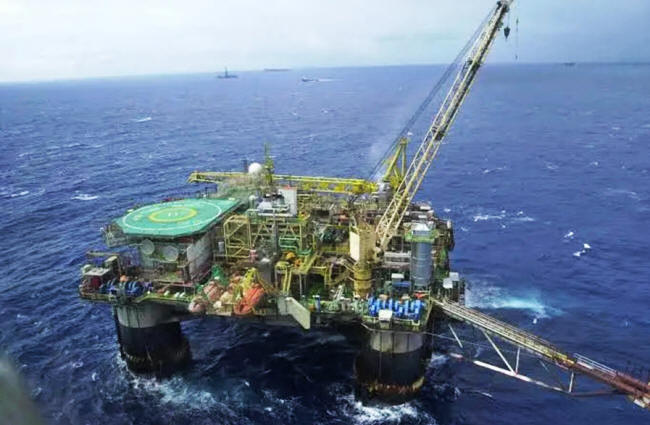|
This divergence reflects the region's pressing need to address economic challenges, including poverty, unemployment and a requirement for sustainable revenue streams to fund social programs and infrastructure development.
Nations such as Brazil, Guyana and Argentina are spearheading new deals and projects aimed at intensifying exploration activities within their maritime boundaries.
These endeavors are not merely speculative:
The economic imperative driving this resurgence cannot be overstated.
Brazil's state-controlled company, Petrobras, is set to invest $6 billion in the next five years to uncover new deposits of around 10 billion barrels that could nearly double current reserves.
The company's focus on pre-salt basins has resulted in significant discoveries, including the Buzios field, which is considered one of the most productive offshore oil fields globally.
Guyana's transformation into an oil powerhouse has been nothing short of remarkable since ExxonMobil discovered significant oil reserves in the Stabroek Block, which is estimated to contain over 11 billion barrels of recoverable oil.
Having started production from the Stabroek Block in 2019, a consortium led by Exxon Mobil is currently producing about 650,000 barrels of oil per day (bpd) from three production platforms.
Fueled primarily by oil revenues, Guyana's gross domestic product has skyrocketed, with a projected growth rate of 34% in 2024.
This unprecedented growth offers Guyana an opportunity to invest in infrastructure and anti-poverty programs, something that would have been impossible without the black gold.
Argentina's government is looking to tap vast oil reserves, particularly in the Vaca Muerta field.
The country is desperate to diversify its energy portfolio and reduce reliance on imported energy, especially in light of ongoing economic challenges that include high inflation, debt and a struggling currency.
With the world's second-largest shale gas field and fourth-largest shale oil reserves, Argentina's potential is immense.
YPF, Argentina's state energy company, announced collaborations with international giants like Equinor and Shell to explore untapped reserves in the Argentine Sea.
The Fénix project in Tierra del Fuego - with peak production of around 10 million cubic meters of gas per day - is particularly noteworthy:
A new oil and gas law currently under discussion aims to attract foreign investment into the sector, signifying a shift toward prioritizing fossil fuels in the face of economic turmoil.
Another struggling economy, Venezuela, has agreed to a 20-year natural gas production and exploration deal with British multinational BP and Trinidad.
With a production estimate of 400 million cubic feet per day, the Cocuina gas field off the Venezuelan coast will bring in substantial revenue.
As Latin America capitalizes on fossil fuel reserves, it is likely to play a pivotal role in the global energy landscape.
Increased production could reshape international dynamics as new sources counterbalance declining output from traditional producers.
South America has long struggled with socioeconomic challenges, including high poverty rates and inconsistent economic growth.
Offshore oil and gas reserves are an invaluable resource to lift millions out of poverty, and their development an indispensable strategy.
Compared to net zero's dreary road to societal disaster for the sake of virtue signaling, rising oil and gas revenues are immeasurably more attractive.
They offer a tantalizing prospect of monies to fortify national budgets, create jobs and stimulate broader economic growth.
|


